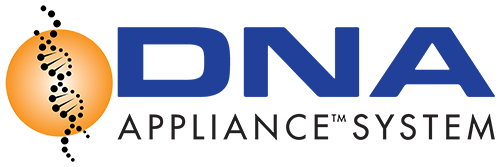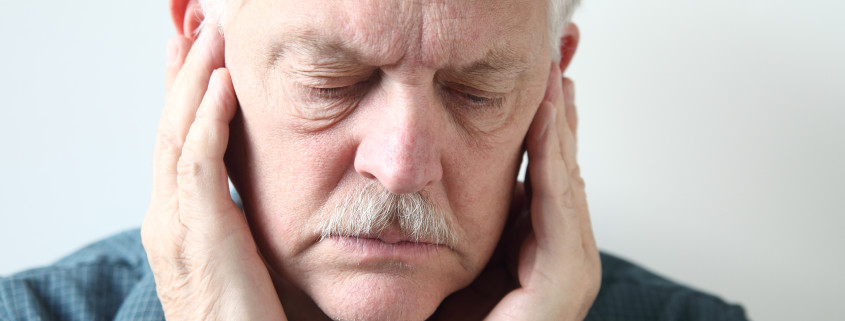Use DNA to Improve Snoring

As we discussed the connection between Sleep Apnea and TMD we touched on some ways that we could help you with snoring and sleep apnea problems. The newest tool in our arsenal is a DNA Appliance System. As one of only two certified providers in Alaska, we are proud to begin introducing this system to our state and helping nearly a third of our state to rest better.
So what is the DNA Appliance System?
Though your genes can be a factor in whether or not you suffer from sleep apnea, in this instance we aren’t talking about Deoxyribonucleic acid or Ribonucleic acid. The Daytime-Nighttime Appliance (DNA) is a patented, FDA registered device that aims to correct the underlying issue instead of simply masking it. In combination with the mandibular Repositioning-Nighttime Appliance (mRNA) this system allows us to gently and non-surgically correct many of the issues that cause TMD, Sleep Apnea, snoring, and headaches.
The other method that we like to use to manage snoring and sleep apnea is a Mandibular Advancement Device. This simple protrudes your lower jaw in an effort to keep your airway from collapsing as you sleep. This device still has a firm place in our treatment line-up, but it does have some drawbacks. The biggest one being that it has to be worn over a lifetime.
A longer term solution is to use non-surgical airway remodeling of the upper airway so that the underlying issues can be fully resolved.
The DNA is worn during the evening and at night. It gently increases the size of your upper jaw over time. Which, in turn, increases the volume of the nasal airway. More volume means more air, less constriction, and more sleep.
The mRNA is worn at night. It corrects the position of your teeth and places them in a more natural position. It also increases the redevelops the upper airway. This combined approach helps to reduce TMD symptoms, headaches, and snoring in patients of all ages.
If you’re looking for a solution to your sleep issues that doesn’t involve surgery, drugs, pain, or injections, contact us today! We’d be happy to tell you more about the new option and see if it’s right for you.



